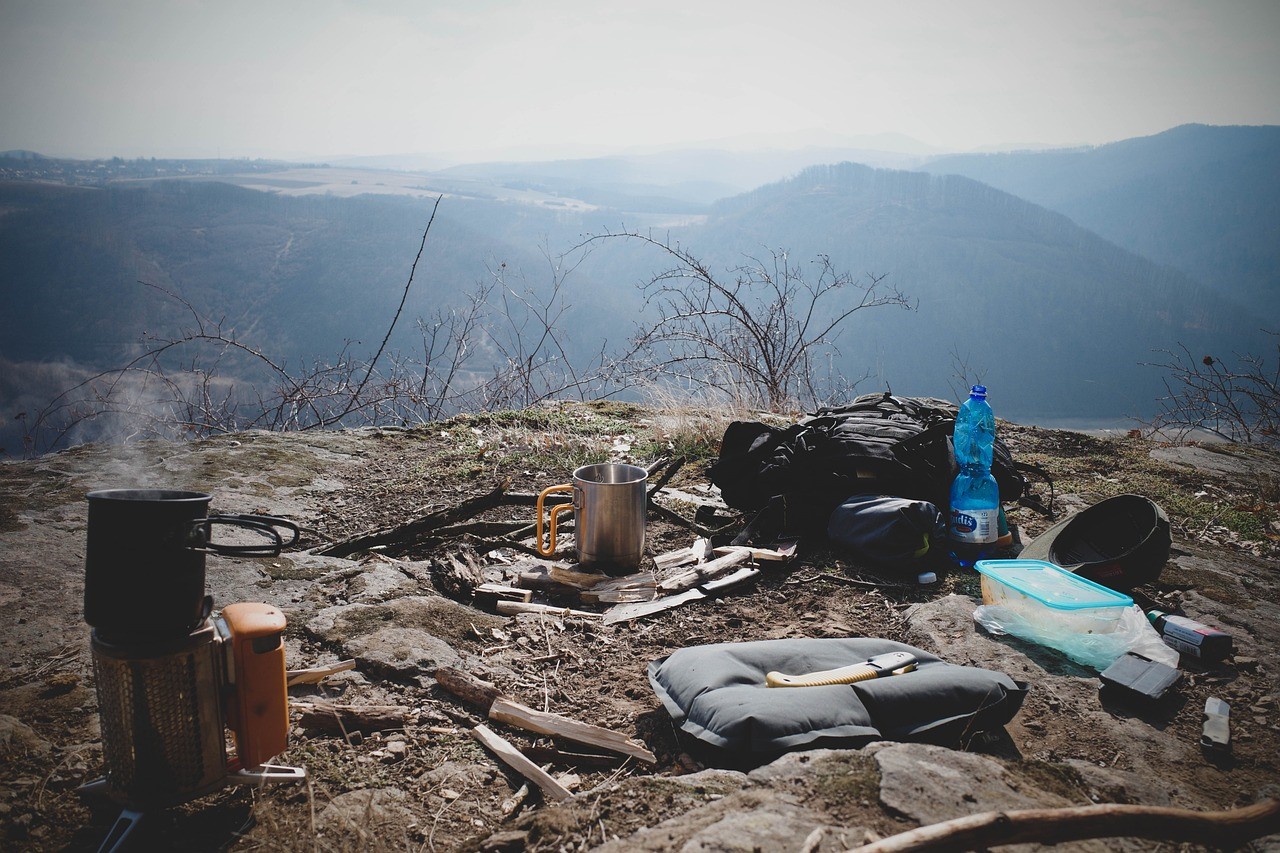The pain of searching through heaps of gear and clothes to identify a specific item can turn enjoyable camping moments sour. Consciously organizing your gear reduces clutters and damage. You can track your essentials and find what you need with ease.
Inappropriate camping gear storage may cause mold growth and rusting. Your items might also attract creepy critters and crawlers, further damaging your camping items. For a worry-free camping experience, discover the perfect ways to organize and maintain your gear.
Use High-Quality Camping Storage Bins
Camping storage bins secure and protect your camping gear against water and harsh weather. They offer a dry place to keep your items from moisture and pest damage. Plastic clear containers are the best solution for storing all camping essentials. Watertight and durable, these containers can serve you for years. You get to see your stored items without needing to open the container.
Secure your camping gear against pests and other organisms with boxes fitted with tight lids. Storage containers with gnaw-resistant storage bags and latch lids keep your items dry and safe through the camping period.
Buy camp chef tables with removable storage compartments for a more customized storage solution. Invest in a high lift jack for lifting and placing your storage bags on vehicle racks. These multipurpose tools can lift, hoist, and clamp your camping gear with minimal effort.
Pack with Intent
Packing your camping gear with intent is a part of proper storage and maintenance. You do not want your gear crashing against each other or some items taking most of the space. Be mindful of what you bring to your camping trip. Pack what you need only to reduce the car’s weight and minimize drag and resistance.
Start by creating an inventory of the must-have gear. Identify items you cannot do without and separate them from the less important ones. Leaving items you do not need will create more room for must-have gear. Roll clothes instead of folding them to reduce the space they take in your pack. You should label your gear to identify them when the need arises. Use the correct size of a storage bin to pack all the gear you need
Clean and Dry Your Gear
Inspect your camping gear for damage before storing it. Check clothing and sleeping bag zippers for malfunctions and repair any damages. Ensure all your camping equipment and furniture parts are intact and working as expected. Clean every piece of camping gear and dry it ready for storage. Remember, dampness and leftover foods can attract a build-up of nasty odors, mold, and mildew.
Thoroughly clean your sleeping bags, cooking equipment, and tents. Use a soft brush to clean off the dried mud on your tents and sleeping bags. You can spot-clean your tents using a damp sponge band with watertight elbow grease. Detergents can negatively affect the quality of the coating on your gear, so do not use them for cleaning. Allow them time to air out and roll them properly, ready for storage.
Look for signs of delamination in the seam tapes and reseal them. You should refresh the polyurethane coating of your rain fly and floor tents if they have become flaked.
Store Recreational Gear Properly
You may want to engage in canoeing, biking, kayaking, and other recreational activities during your camping adventures. That means you bring canoes, bikes, and kayaks. The problem comes with storing and transporting these heavyweight gear items. The easy way to store and transport these bulky items is using bike carrier attachments.
Use hitch-mount cargo carriers or roof cargo baskets to keep most recreational gear. You can secure your camping storage boxes, firewood, and coolers on the car cargo systems. Swing-out hitch mounts are integral for storing bigger gear like a camping fridge and maximizing vehicle storage space.
Properly Maintain Your Camping Gear
Proper maintenance of your camping gear can go a long way to extend its lifespan and improve usability. Use high-quality cleaners suitable for each type of material. Clean all watertight and breathable layers of your gear with technical cleaners. These cleaners help revitalize gear fabrics and maintain the repellency levels.
You can use base washing detergents to remove the stink from gym clothing and base levels. They help to revitalize and maintain the clothing’s wicking properties. Use down-washing detergents to clean booties, jackets, and sleeping bags. You must store your items properly to boost their waterproofness, breathability, and exposure to sunlight.
You should re-waterproof your rain gear and hiking boots several times a year. It is advisable to solar-proof your tent-fly every spring season. Look for the right solar-proofing products to maximize water-repellency and reinforce the fabric strength.
Wrapping Up
Proper camping gear storage and maintenance during and after use keeps your gear in perfect working condition. Always clean your items before storage and keep them in cool and dry environments. You do not want your gear to grow mold or mildew or become the home of insects and rodents. Use storage bags and containers designed for each camping gear type. Also, be careful when handling recreational and bulky camping gear.




